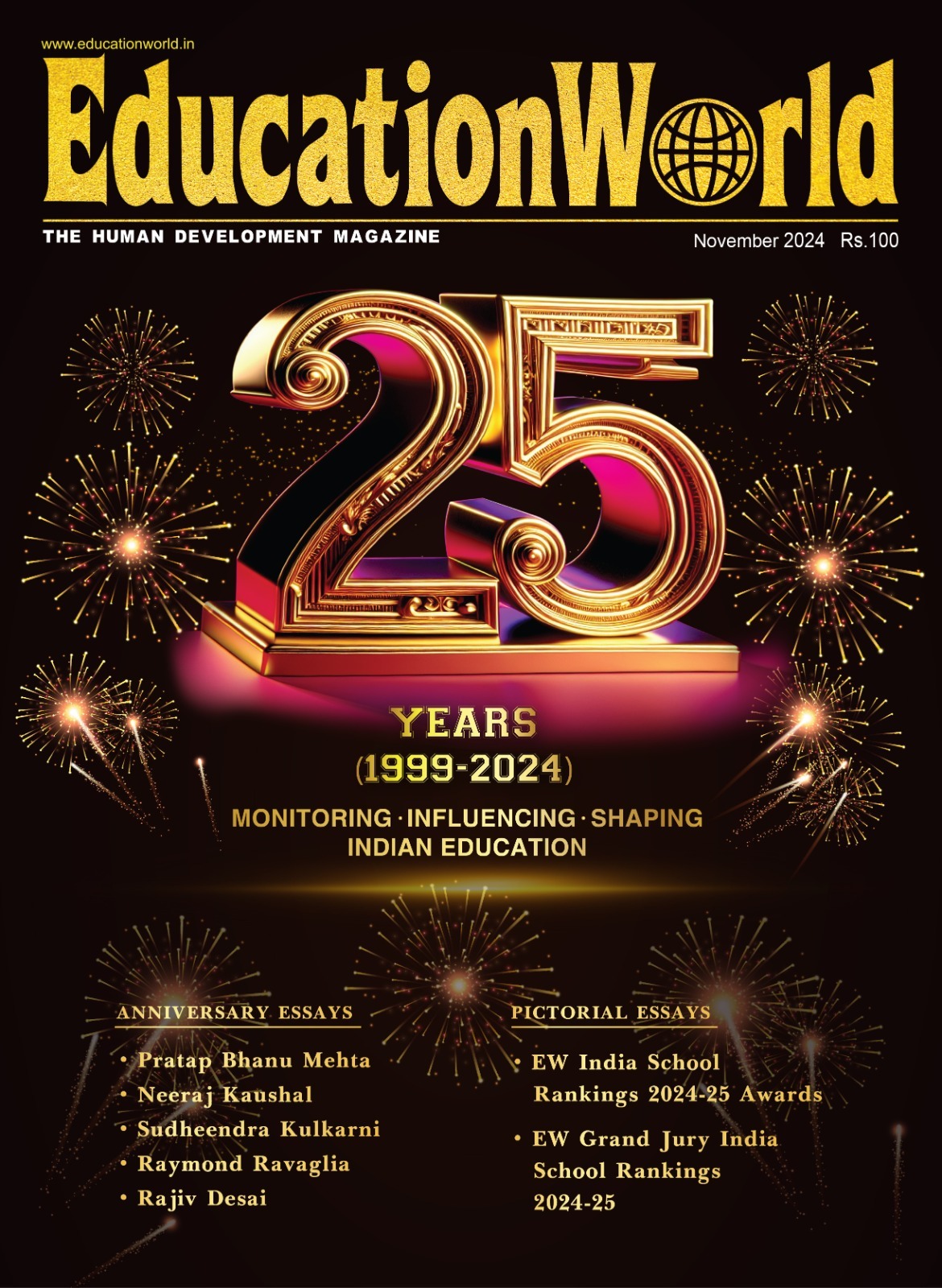Environment Education
Seige of Corbett Tiger Reserve
Bittu Sahgal
With an estimated 600 educational institutions located in and around Dehra Dun, this administrative capital of the state of Uttaranchal, should rightly be called the education capital of India. Working with teachers such as Arvind Chelasani of the Doon School and with NGOs such as the Friends of Doon, I have been trying to ensure that the great forests of this Himalayan region are preserved for future generations. On my side are over 75,000 students who lend their strength to our Kids for Tigers campaign that advocates protection of tigers, el ephants and forests in Uttaranchal.
Even as these children pursue their formal education, a group of dedicated individuals including Bikram Grewal, author and ornithologist, have made it their mission to introduce young people to the joys of birdwatching and trekking. Through these activities we hope to instill an innate respect for nature in future citizens. Our allies in this mission are scores of naturalists, teachers and even government officials who feel that the only real chance we have to protect India‚s rich natural heritage is to change the attitude of the next generation.
I have always loved the Corbett Tiger Reserve in Uttaranchal. In preparation for a series of meetings to commemorate three decades of Project Tiger, I recently visited Uttaranchal to meet with conservationists like Brijendra Singh, one of Corbett‚s greatest champions. Over the years Brij has exemplified a very basic truth pertaining to wildlife conser-vation: “One determined person can sometimes help even the most threatened forests to survive in the face of all odds.”Fateh Singh Rathore, for instance, was the man who saved Ranthambhore. Billy Arjun Singh continues to battle for Dudhwa. The late S.R. Choudhury protected Simlipal until the day he died. The same was true of S.Deb Roy who managed to save the Manas Tiger Reserve from serious threat. It‚s verily an educational experience to tour a forest with Brij, a quintessential wildlifer if ever I saw one. He is more alive watching gharials and elephants than when negotiating the hustle and bustle of urban life in Delhi, where he has a home. Using every means at his disposal, over the years he has lobbied, fought and slaved to protect Kumaon‚s “land of roar and trumpet”.
I spoke to Brij about the possibility of environment studies becoming part and parcel of school curriculums. While both of us felt this was a step forward, he is worried that the wrong people might be placed in charge of formulating syllabuses and curriculums. There is for instance, the possibility that children will be taught that nuclear power generation is in the national interest. Or that natural forests should be cleared and replaced by man-made plantations. Unfortunately this is the prevailing wisdom in the corridors of power. And it‚s exemplified by what is happening around Corbett Tiger Reserve. “I wonder how much longer the tiger has to live,” Brij said somewhat morosely to me as we drove along the course of the Kosi river. An old forest road was being widened and tonnes of mud and rock have slid down into the river. His real fear, of course, is that the broader road will attract more automotive vehicles; usher in ‚Ëœdevelopment‚. This will edge out tigers and elephants and other wildlife. It will also mean less water for people downstream.
Brij and I were at Corbett to meet up with Dilip Khatau, head of one of India‚s largest business groups, for whom nature and environment conservation is of greater interest than commerce. Together with Dilip we visited some of the most remote tracts of forest outside the tiger reserve, where the most difficult conservation battles are being fought on a daily basis. Driving through these ancient forests, I was able to imagine how utterly rich India was in natural resources and ecological diversity. Below us flowed the Bangajhala stream (more like a river really), with its clear waters and wooded forests. And near the resthouse at Powalgarh, the scene of Corbett‚s ‚EcoBachelor of Powalgarh‚ tale, I encountered the largest silk cotton trees I have ever seen. “Corbett must have walked around its buttress roots, as I am doing today,” I thought to myself. Pristine, verdant, filled with birdsong, old forests are the continuum that all of us need to remind us that the ‚Ëœtechnosphere‚ we admire so much is truly tawdry compared with the biosphere crafted by nature.
How I wish that the chief minister of Uttaranchal, N.D. Tiwari, shared my sentiments about preserving forests. Instead he believes that forests are an impediment to development. Against all advice, therefore, he has ordered a destructive road to be cut through this paradise. Taking the fullest advantage of the prime minister‚s gram sadak yojna, (road building programme) he has decreed that over 2,000 trees (some over 100 years old) are felled along old forest roads that were once Jim Corbett‚s haunts. I noticed that once thick forests are coming apart at the seams, and as thousands of tonnes of silt and rock pour into the mahseer-stocked Kosi river, it will probably suffer the fate of India‚s other abused water courses ‚ become dry and polluted.As I sit here in Mumbai, ten days after visiting Corbett, the memory of mechanical cranes and bulldozers in tiger country refuses to fade away. In the end, I know that whether the road is built or not, whether the forests I have loved for decades survive or die, I will have to rationalise by convincing myself that I did my best to educate public opinion in favour of conservation.
But this does little to mitigate the pain, as I prepare to fight against the construction of roads around the Corbett Tiger Reserve in the Supreme Court. The thought refuses to go away: It‚s not children who need to be educated; it‚s adults who seem to have dedicated their lives to the proposition that compromising our children‚s future is their purpose in life. Bittu Sahgal is editor of Sanctuary magazine

















Add comment